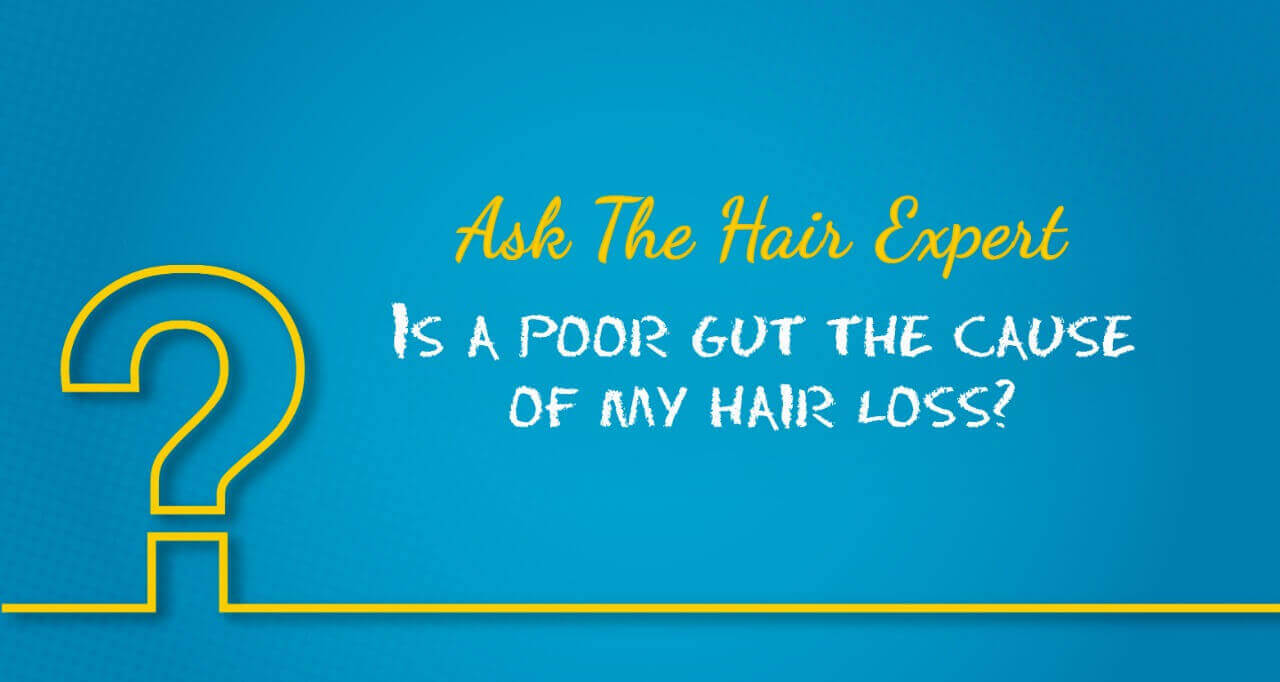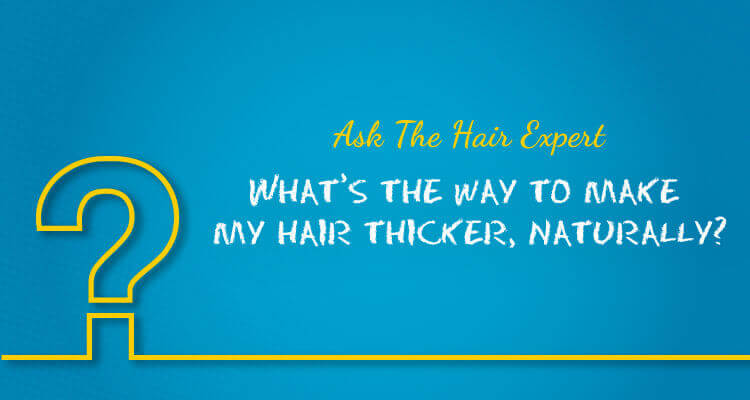Dull, limp, damaged and dry hair? Your salon stylist will ask you to go for Keratin Treatment and tell you how your hair needs it badly.
We have all had our time at the salon, listening to our stylists decipher our hair issues while all we truly went in for was a trim! We go by their diagnosis and try out spas & treatments to see if it can bring life to our hair… anything to get it to look good! We walk out feeling great with our hair blow-dried and styled. And a few days later…it falls flat and limp, right after the next wash! A common phenomenon.
So, what does the keratin treatment actually do for your hair? How does it work? Is it any good? Is it worth doing it over and over every now and then?
Fair questions all. And we have been asked this many times, at our clinics, and on social media.
Today, on our Ask the Hair Expert series, we will speak on this topic, addressing these very questions on Keratin and similar treatments, put the facts on the table for you and let you decide for yourself about its need!
You asked: “How do Keratin treatments work? Will my hair get better with Protein Treatments like Keratin or Cysteine? Is it true that such treatments can cause hair breakage?”
Here’s the answer from the Hair Experts.
Keratin treatment is essentially a chemical treatment.
And such treatments DO have an impact on your hair. The negative kind!
There are safer, organic, natural alternatives to do the job for you – to revive your hair and assist its growth.
Any hair treatment would be best advised by a Trichologist, after a clear understanding of your hair type and scalp condition.
So, let’s first understand why your hair needs proteins in the first place and how these chemical protein treatments work. We will also discuss possible alternatives.
What is Keratin?
Our hair shaft is made up of the special structural protein, keratin. It is this protein that makes up our hair, nails and also the outer layer of our skin. It acts as a protector, shielding epithelial cells from damage or stress. It is strong and is resistant to wear & tear.
Our hair is more complex than it seems. It’s made up of multiple layers, proteins and chemical bonds. Do read up our blog on the topic of hair anatomy for a clear understanding of the composition of our hair.
For your hair to be healthy and full of life, your hair’s keratin should be protected and restored/ replenished periodically.
Given the cumulative stress of hectic lifestyles, erratic diet and irregular hair care habits, hair is damaged, becoming prone to dryness and breakage.
This is where keratin treatments and products are pitched into the picture…
How does Keratin treatment/ products work? What’s the science behind it?
Keratin treatment (and products) aims to seal the pores caused by wear and tear on the hair, to replenish the hair of the lost hair proteins. When your hair loses protein and it’s not replenished, your hair becomes frizzy, dry and tangles easily.
Keratin works by smoothing out the layers that form your hair shaft. The layers absorb the keratin thereby leaving you with hair that looks fuller and glossier. Keratin also claims to make hair more manageable, less frizzy, easier to style, and straighter.
Typically, Keratin treatments aim to control frizz and straighten the hair shaft. It contains a chemical called formaldehyde which does this work. It basically coats a layer around the cuticle, under the influence of applied heat, thus changing the hair texture, eliminating the frizz. Now, if this is done right it can last for about 3 months. It is a temporary fix and is expensive. But the key thing to note here is – you pay a higher price by losing your hair’s health in the long run.
The not-so-bright side of chemical treatments…
All chemical-laden hair treatments are not made with the same purpose and not all are keratin treatments. Each hair type further reacts differently to each of these treatments and results also vary accordingly. Another factor that is key here is that the results of such chemical treatments also depend on your existing hair health. Navigating through all the misinformation that one comes across in beauty salons, from stylists to the internet can get quite overwhelming to decipher right.
Research has indicated that keratin treatments contain unsafe levels of formaldehyde and multiple other chemicals. Formaldehyde is also indicated by many to be a cancer-causing chemical.
You need to remember that while keratin treatment fills those pores we spoke of and seemingly polish up dull and lifeless hair, making them look all shiny and straight, they do more damage than good. Back-to-back chemical application weakens the hair, making it extremely brittle leading to hair breakage.
Cysteine treatment is one other treatment that is spoken about alongside keratin treatments. The cysteine complex is a part of keratin group only. However, unlike keratin treatment, cysteine treatment doesn’t use formaldehyde, however, it has some other elements that may not suit some. This again is a treatment that uses heat application and lasts for about 4 months. It is known to be milder and less expensive than keratin treatment. But, like keratin therapy, this is a temporary solution to frizziness. If you are someone looking to repair damaged hair permanently, this won’t do the job.
Both these treatments come with restrictions. Very specific shampoo, conditioner and serum are typically advised to be used for the 3-4 months as anything else will strip the keratin/cysteine effect from the hair. It is also advised to not wash or tie your hair for about 3 days after the treatment to keep it intact. The use of henna, other metallic dyes, hair colouring, highlighting, streaking etc are not recommended after the treatment. Swimming is also not recommended during this period. Oiling is also advised to be avoided. Because these activities can make the keratin effect wear off. All these restrictions for something that is semi-permanent and not even healthy for the hair.
A simple give away here..anything that puts a restriction on your daily life, and you feel constrained by it, is perhaps not the best thing for you!
Studies have further shown that chemical treatments, especially those with a high concentration of formaldehyde, trigger some side effects as noted below:
- Eye irritation – stinging, itching, burning
- Throat & nasal passage irritation
- Runny nose, sneezing, coughing and other such allergic reactions
- Development of wheezing
- Tightness in the chest
- Skin irritation – itching, burning, rash
- Scalp irritation – itching, burning, inflammation, blisters
- Headache and nausea
- Mood swings
- Split ends, hair breakage
- Dry and rough Hair
- Dry and itchy scalp
- Discolouration of scalp
- Loss of texture
- Excessive hair fall
The cumulative, adverse effect of prolonged usage, of such chemicals, can be long-lasting or permanent. It would hence be advisable to avoid chemical treatments.
What’s your safer alternative to get the job done?
The purpose of Keratin treatments is to seal your hair with proteins and help you improve the look & feel of your hair. There are other multiple milder and natural treatments that can help you achieve this without jeopardising your hair’s health.
An on and off blow-dry-straightening may still be less harmful than putting your hair through a chemical treatment! It’s not permanent, so why compromise on safety and health when you can breathe life into your hair otherwise.
With recent advancements in the field of trichology, there are now safer options to help repair wear & tear, rejuvenate your hair and give it a bounce, without damaging it with harsh chemicals. You can opt for natural rejuvenating tricho treatments that give your hair the needed protein boost, but using the power of organic ingredients.
For instance, RichFeel’s Hair Hydrotherapy (HHT) is one such treatment that restores your hair with natural proteins and nourishes your scalp. HHT uses natural proteins such as flax seeds and wheat proteins. The therapy includes clinic-sitting along with advice on diet, for addressing the concerns from within, and prescribed home care products for external application.
On the DIY front, as a practice, we would recommend that you moisturize your hair regularly, to help tackle dryness, and to keep hair stronger, with the cuticles smoothened out, hair smoother, and shinier. Regular oiling and conditioning can do wonders for your hair. And if you have very dry hair, deep condition periodically. Hair masks and serums can help combat dry and damaged hair.
This apart, do remember that each individual’s hair & scalp condition is different from the other. Every hair has a story to tell! One solution doesn’t fit all! While a certain hair product or treatment suits you, it may not quite suit your friend. The way each individual’s hair reacts to internal and external factors, products, treatments, varies from person to person. A trichologist is someone who understands this, is an expert on hair and scalp concerns, and hence the right person to guide you on this subject.
And with that, we sign off today! For more on hair & scalp concerns, and for all things ‘Hair’, do follow our blogs on hair loss, hair care, treatments & solutions, and interesting hair trivia!
Connect with us on social media on the links below. Do leave your questions & comments and we will address them all, just as we have done today!



